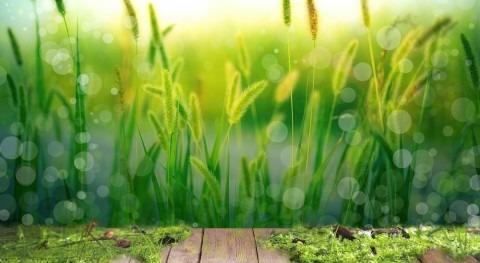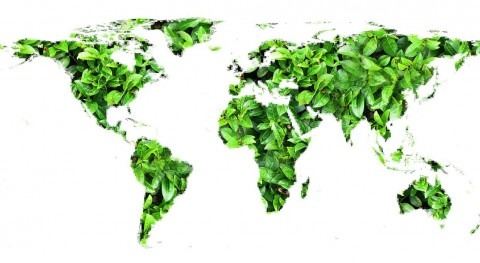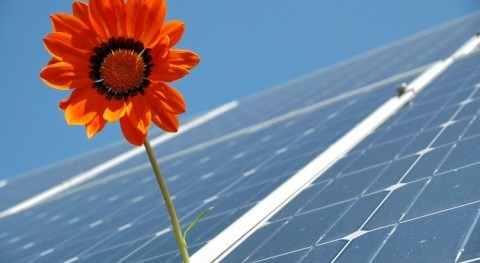In our current economic model, manufactured capital, human capital, and natural capital all contribute to human welfare by supporting the production of goods and services in the economic process, where natural capital — the world’s stock of natural resources (provided by nature before their extraction or processing by humans) — is typically used for material and energy inputs into production and acts as a ‘sink’ for waste from the economic process. This economic model can be best described as ‘linear’ which typically involves economic actors (people or organisations) harvesting and extracting natural resources, using them to manufacture a product, and selling a product to other economic actors, who then discard it when it no longer serves its purpose.
In the linear economy, following this ‘Take-Make-Dispose’ model, the water sector typically employs the ‘Take-Use-Discharge’ strategy. In this strategy, water is ‘withdrawn’ from streams, rivers, lakes, reservoirs, oceans, and groundwater reservoirs as well as harvested directly as rainwater. Water is then ‘used’ by municipalities, industries, agriculture, the environment, etc. within the water cycle, including for consumptive and non-consumptive uses. Non-consumptive used water is ‘returned’ to the river basin directly or via a municipal treatment facility. Depending on the location within the basin this returned water could then be used downstream or lost to the basin.
While the current linear economic model has generated an unprecedented level of growth, the model has led to constraints on the availability of natural resources in addition to the generation of waste and environmental degradation. In response to climate change, increasing resource scarcity, and environmental degradation, governments around the world are implementing a variety of policies to encourage the transition towards the ‘circular economy’ that focuses on reducing material consumption, reusing materials, and recovering materials from waste.
The Circular Water Economy
In the context of water resources management, water utilities are beginning to promote the circular water economy that reduces water consumption, reuses and recycles water and wastewater, and recovers materials, including heat and minerals, from water and wastewater to not only mitigate greenhouse gas emissions but also enhance resilience to climate change.
Scottish Water’s Water Savings Calculator
Scottish Water provides customers with an online Water Savings Calculator to determine their actual water usage. At the start, customers get to personalize the questions to suit their homes, so if they do not own a car the customer will not be asked how often they clean it. Once completed — it takes around 5 minutes — the user is provided with their personalized water, energy and spend profile, a few free water-saving products that are easy to install, along with a series of tips on what can be done to save water. For example, fixing a dripping tap can save as much as 48 litres of water a day, or 17,500 litres of water a year and shaving 1 minute off your shower could save £15 in energy bills and a further £15 in water bills per year or £120 saved a year for an average 4-person household.
Pure Water San Diego
To enhance San Diego’s resilience to drought, climate change, and natural disasters, the city has launched Pure Water San Diego, which is a phased, multi-year program to provide one-third of the city’s water supply locally by 2035. The program will use proven technology to clean recycled water to produce safe, high-quality drinking water and provide a reliable, sustainable water supply. Currently, only 8 percent of wastewater is recycled with the rest being treated and discharged into the ocean. The Pure Water Program will transform the city’s water system into a complete cycle in which wastewater will be treated to recycled water standards at an existing water reclamation plant, before being sent to a Pure Water Facility. The purified water will then be sent to an existing reservoir and blended with imported and local water supplies. After this, the mixed water will then be treated at an existing drinking water treatment plant before distribution to customers.
Berliner Wasserbetriebe recovering resources from wastewater
Berliner Wasserbetriebe’s Schönerlinde sewage treatment plant is turning sewage sludge into sewage gas to generate power and heat. Additionally, the utility has constructed three wind turbines, with a capacity of 2 MW each, as well as two micro gas turbines to complement the plant’s CHP unit. Overall, around 84% of the energy required by the plant is produced internally, saving up to 13,000 tons of carbon emissions per year. Berliner Wasserbetriebe has also developed a patented process for recovering phosphorus from its sewage treatment plants. The recovered phosphorus is sold under the brand name ‘Berliner Pflanze’ (Berlin Plant) to horticulture and agriculture producers in the surrounding areas of the city. Several years ago, Berliner Pflanze won the GreenTec Award for environmentally friendly recycling products.
Conclusion
The circular water economy is not an abstract concept, it is alive and growing globally.







